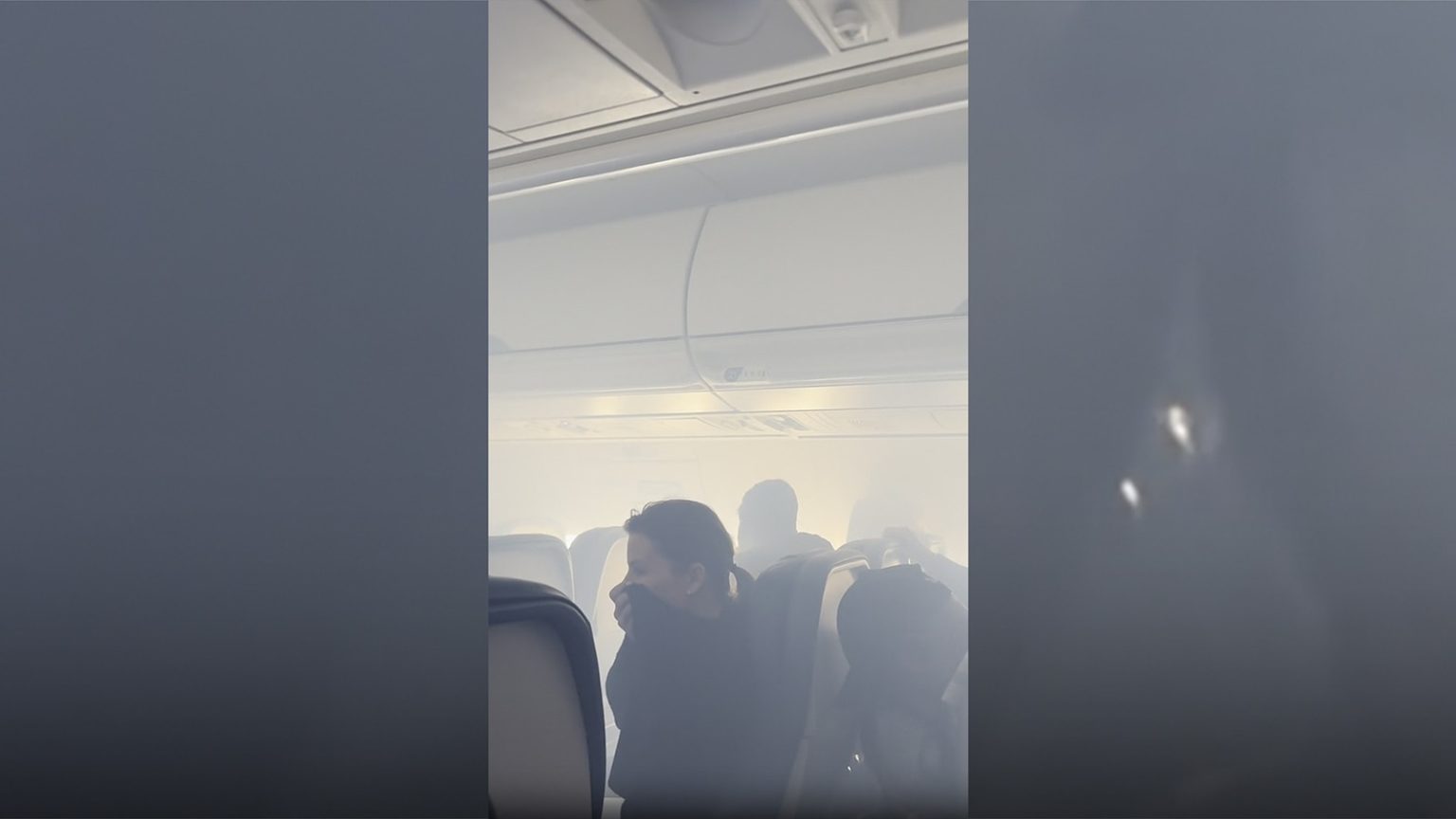Emergency Evacuation of Delta Flight 876: A Detailed Account
Introduction: A Routine Flight Turns Critical
On Monday morning, a routine domestic flight operated by Delta Airlines turned into an urgent situation when haze or smoke was detected on board. Delta Flight 876, traveling from Hartsfield-Jackson Atlanta International Airport to Columbia, South Carolina, was forced to make an emergency return to Atlanta after the crew reported signs of smoke in the flight deck. The incident led to a rapid response from emergency services and the safe evacuation of all passengers and crew members. This event serves as a stark reminder of the importance of aviation safety and the preparedness of flight crews in handling unexpected situations.
The Incident: Smoke On Board and Emergency Landing
The Boeing 717 aircraft, carrying 94 passengers, two pilots, and three flight attendants, departed Atlanta on its scheduled route to Columbia. Shortly after takeoff, the crew noticed haze inside the aircraft, which raised immediate concerns. The Federal Aviation Administration (FAA) later confirmed that the pilots reported "possible smoke in the flight deck," prompting an emergency return to Hartsfield-Jackson Atlanta International Airport. Video footage obtained by ABC News captured the tense moments inside the smoke-filled cabin, showing the interior of the plane obscured by haze. The quick actions of the flight crew ensured the aircraft landed safely back in Atlanta, where emergency services were already on standby.
Passenger Evacuation and Response Efforts
Once the plane touched down safely, passengers were evacuated using emergency slides, a rare but necessary procedure in such situations. The Atlanta Fire Rescue Department assisted in the deplaning process, ensuring the safe exit of all individuals on board. Despite the gravity of the situation, there were no reports of injuries, and the evacuation proceeded smoothly. The airport authorities later reported a moderate impact on operations, but the focus remained on the safety and well-being of the passengers and crew. Delta Airlines issued a statement apologizing for the distressing experience and reaffirming their commitment to the safety of all on board.
Investigation and Next Steps
The FAA has launched an investigation into the incident to determine the source of the smoke and haze on board. Such investigations are standard procedure in aviation to identify potential causes and prevent future occurrences. Delta Airlines has pledged full cooperation with the FAA, and the findings of the investigation will be crucial in addressing any mechanical or procedural issues that may have contributed to the emergency. While the exact cause remains unknown at this time, the incident underscores the rigorous safety protocols in place within the aviation industry.
Lessons Learned: Safety in the Skies
The evacuation of Delta Flight 876 highlights the critical importance of preparedness and training in the aviation industry. The crew’s swift action and the coordination between the aircraft, air traffic control, and emergency services demonstrate the effectiveness of emergency response systems. For passengers, the incident serves as a reminder of the importance of adhering to safety instructions and remaining calm during unexpected events. While such incidents are rare, they reinforce the commitment of airlines and aviation authorities to ensuring the safety of all travelers.
Conclusion: Commitment to Passenger Safety
The successful evacuation of Delta Flight 876 is a testament to the dedication of flight crews, emergency responders, and aviation officials who prioritize safety above all else. While the incident caused disruption and concern for those on board, the outcome was positive, with no injuries reported and all passengers and crew members safe. As the investigation unfolds, Delta Airlines and the FAA will work to identify the root cause of the issue and implement measures to prevent similar incidents in the future. For now, the focus remains on the safety and well-being of those affected and the continued commitment to ensuring the skies remain a safe place to travel.















